![[Francis Naumann]](/4logo.gif)
© 2005 Sophie Matisse/Artist’s Rights Society (ARS), New York
This copyright applies to all images on this page.

Against Nature, 2005
(November 18 – December 30, 2005)
“Sophie Matisse: The Zebra Stripe Paintings”
The artist’s third show at Francis M. Naumann Fine Art, opens on November 18, 2005.
The twelve new paintings and seventeen preparatory collage studies included in this exhibition represent a major departure from Sophie Matisse’s earlier work, while incorporating themes that reflect her continuing interests and concerns. Her first show featured a series of variations on historically important and immediately recognizable paintings in which the people were conspicuously removed. The new works utilize paintings (and details of paintings) that are comparatively less well known, over which is applied—in an exotic zebra stripe pattern (from which the series derives its name)—bright and colorful images drawn from daybooks kept by the artist has since her student days. The juxtaposition of these contrasting elements is less disruptive than might be imagined, due, in part, to the overall pattern of the zebra stripes, as well as the artist’s remarkable ability to fuse highly diverse images in an aesthetically compatible format.
In his introduction to the exhibition’s catalogue, Jim Edwards, Curator at the Salt Lake City Art Center, discovers visual prototypes of Sophie Matisse’s new paintings in a number of historical sources: the paintings of the Belgian Surrealist René Magritte, the torn posters of the Italian New Realist Mimmo Rotella, the crosshatched paintings of the American Pop artist James Rosenquist, and the camouflage paintings of the French Pop artist Alain Jacquet (Sophie Matisse’s husband). Edwards traces the conceptual basis of the work to the art of Marcel Duchamp (Sophie Matisse’s step-grandfather). The result is a remarkable fusion of the aesthetic with the conceptual. “The zebra stripe paintings are evidence that she is charting her own way,” Edwards concludes, “successfully co-joining the spirit of conceptualism with the most unlikely muse of painting: beauty.”
Catalogue: A fully illustrated, 24-page catalogue, with an introductory essay by Jim Edwards. $25 postpaid.

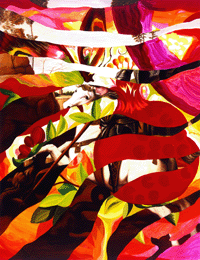
Letter Writing Under Water, 2005
St. George and the Dragon, 2005
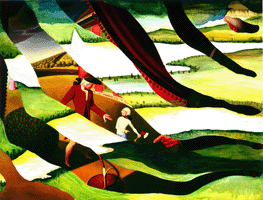
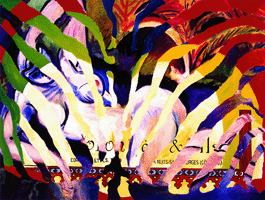
Little George, 2005
Blue Nude, 2005

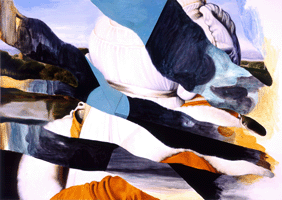
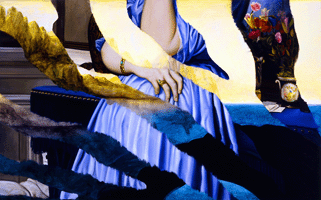
Queen Esther, 2005
The River, 2005
Blue Dress, 2005
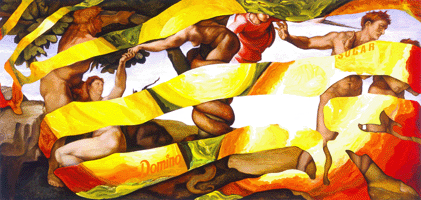
Garden of Eden I, 2005
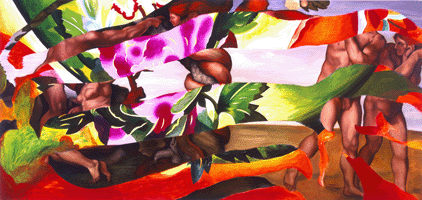
Garden of Eden II, 2005
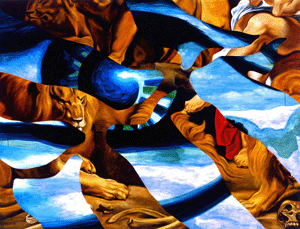
Lion’s Den, 2005